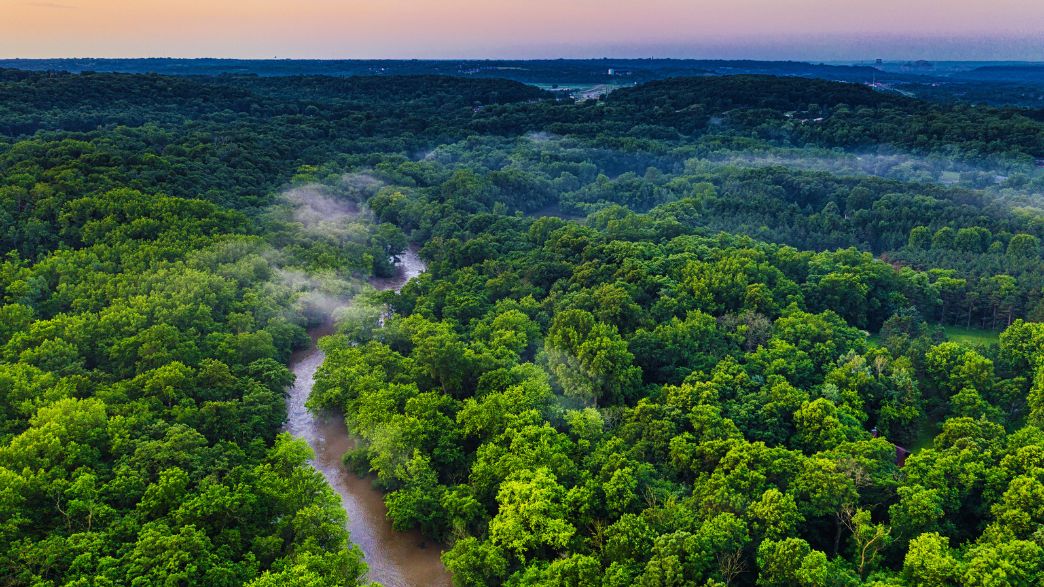The researchers studied Earth’s orbit, tilt and wobble to solve a problem that had stumped scientists for decades.
A new study suggests that Earth’s next ice age should begin within the next 11,000 years – except our impact on the planet may delay it, potentially by thousands of years.
Scientists have long known that shifts in Earth’s orbit influence transitions between ice ages and warmer interglacial periods. But until now, they could not pinpoint which orbital factors affected the timing of these glacial cycles the most.
A research team led by the University of Cardiff tracked Earth’s natural climate cycles over the past million years and compared this data to variations in the tilt, wobble and shape of the planet’s orbit around the Sun.
Published in the academic journal Science, their study offers clear insights into how these factors influence glacial cycles – as well as how human-driven greenhouse gas emissions may have disrupted them.
“The pattern we found is so reproducible that we were able to make an accurate prediction of when each interglacial period of the past million years or so would occur and how long each would last,” lead author Stephen Barker, a professor at the University of Cardiff explained to AFP.
How do you predict the next ice age?
Over the past million years, Earth has alternated between ice ages and warm periods. The last ice age, or glacial period, ended about 11,700 years ago. That transition ushered in the Holocene, an era of relative climate stability which enabled human civilisations to flourish.
Since the 1970s, scientists have tried to identify the start of our next glacial period, but determining an accurate time frame has proven to be difficult.
While researchers have previously tried to link orbital changes to specific periods, such as the beginning of an ice age, Barker’s team took a broader view. They analysed how temperatures rose and fell over time rather than exploring the onset of ice age transitions.
They discovered that every ice age over the past 900,000 years has occurred at a precise interaction between the tilt, wobble and shape of Earth’s orbit.
“[This] confirms the natural climate change cycles we observe on Earth over tens of thousands of years are largely predictable and not random or chaotic,” said study co-author Lorraine Lisiecki, a professor at the University of California, Santa Barbara.
Without human interference, Earth’s next glaciation would “occur within the next 11,000 years, and it would end in 66,000 years’ time,” according to Barker. But with carbon dioxide levels now at their highest in at least 800,000 years, that timeline has shifted dramatically.
A long-term climate shift
The findings highlight the immense and long-lasting influence of human activity on the planet. While climate change is often measured in decades, this research underscores consequences that will play out over geological time scales.
Barker warned against interpreting the delay of an ice age as a positive outcome. While an ice age would bring challenging conditions for human civilisation, today’s unchecked emissions are already causing devastating consequences, including rising sea levels, extreme weather and biodiversity loss.



